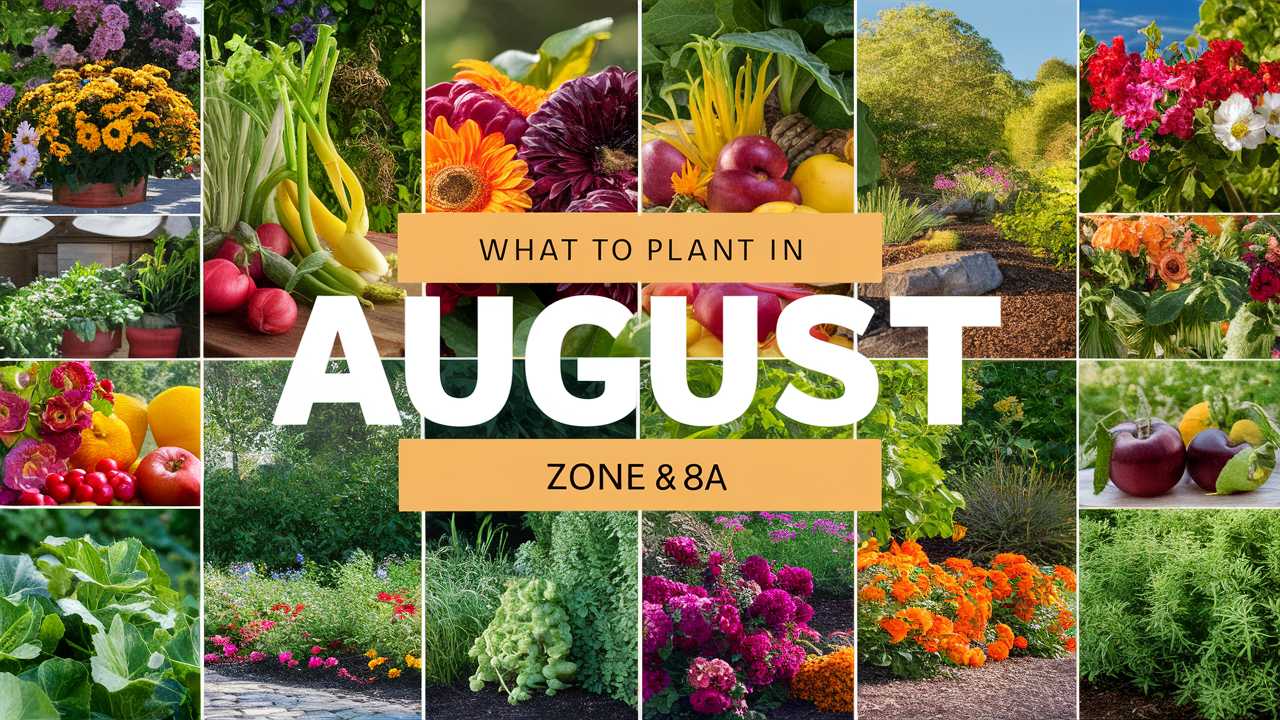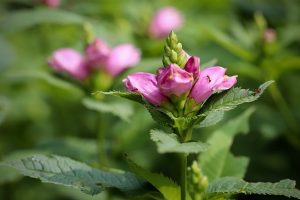This guide will explore a variety of vegetables, flowers, herbs, and landscape plants that are well-suited for planting in August within Zone 8a, giving you a wealth of information to boost your garden this month.
Vegetables To Plant
August is a pivotal time to get a head start on the fall garden. Many cool-season crops can be sown this month and will offer a bountiful harvest before the onset of frost.
Broccoli
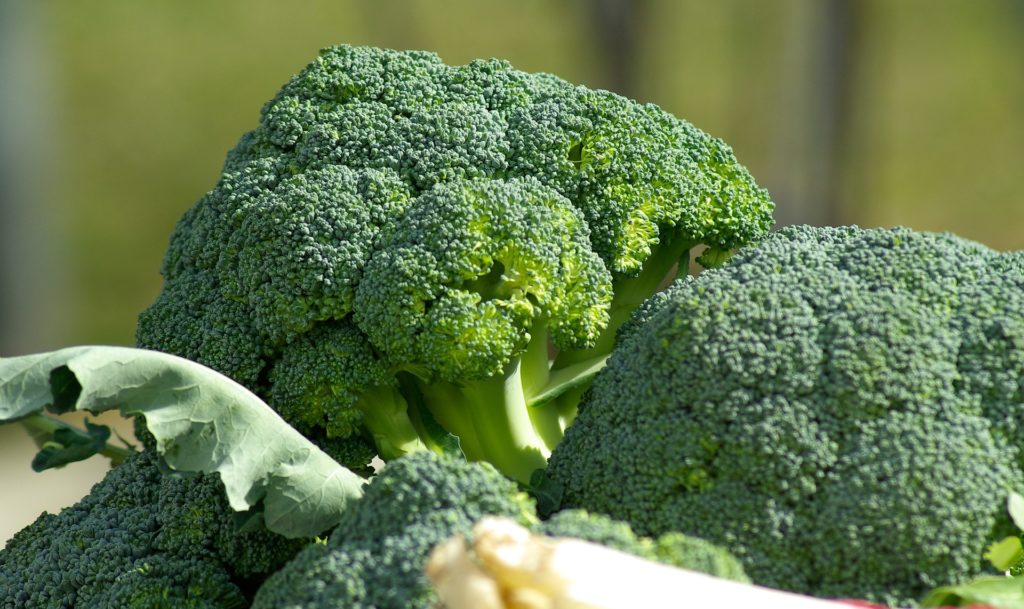
Broccoli is a nutrient-dense vegetable that thrives in cooler temperatures. In Zone 8a, you can plant it from late July through mid-August. With a temperature tolerance between 60°F and 70°F, it’s perfect for fall gardening. Start seeds indoors and transplant them outdoors after 4-6 weeks when seedlings are about 3-4 inches tall. Broccoli prefers well-drained soil enriched with compost or a balanced fertilizer. Water consistently and keep an eye out for pests like aphids.
Carrots
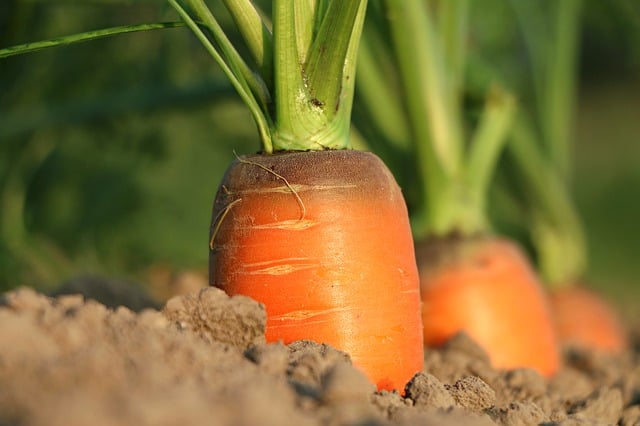
Carrots are an excellent root vegetable that can be sown directly into the ground in early August. They flourish in cooler weather, with an optimal temperature range of 55°F to 75°F. Given their long growing season, sow seeds directly every few weeks for a staggered harvest. Carrots prefer loose, sandy soil and should be kept evenly moist for proper germination and growth. This versatile vegetable can be harvested young when they are sweeter or left to mature for a fuller flavor.
Kale
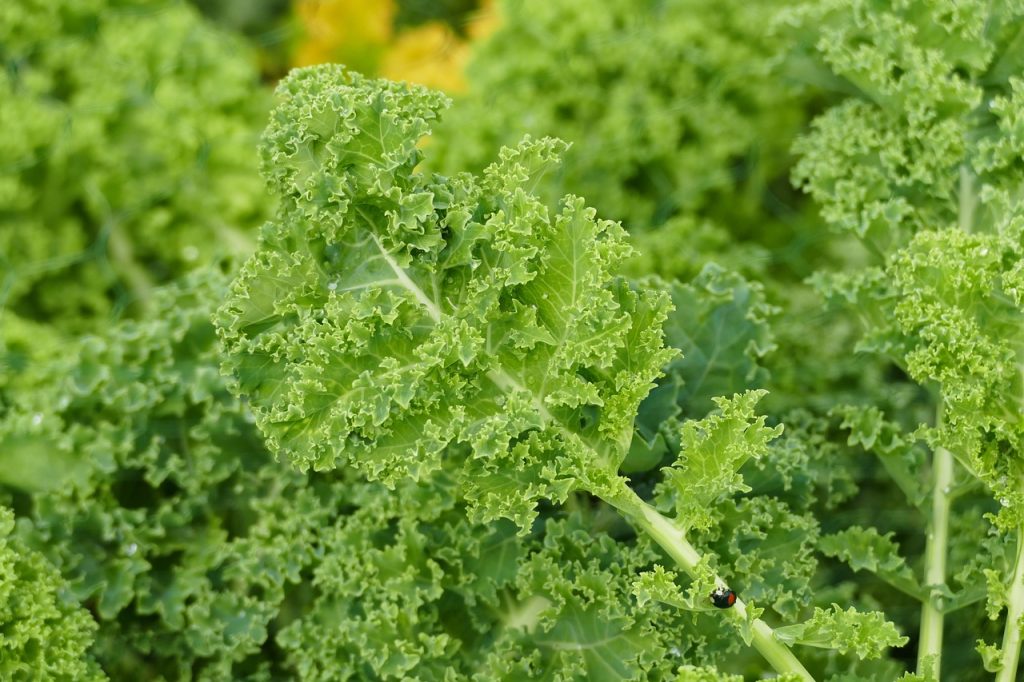
Kale is another resilient leafy green that can be planted in August. Its tolerance for cold makes it a perfect candidate for fall planting. Seeds can be sown directly outdoors in mid to late August. Kale thrives in temperatures between 60°F to 70°F and can endure light frosts, making it sweet and tender in colder weather. Fertilize with a nitrogen-rich mix to encourage leafy growth, and consider interplanting with onions or garlic to utilize space efficiently.
Spinach
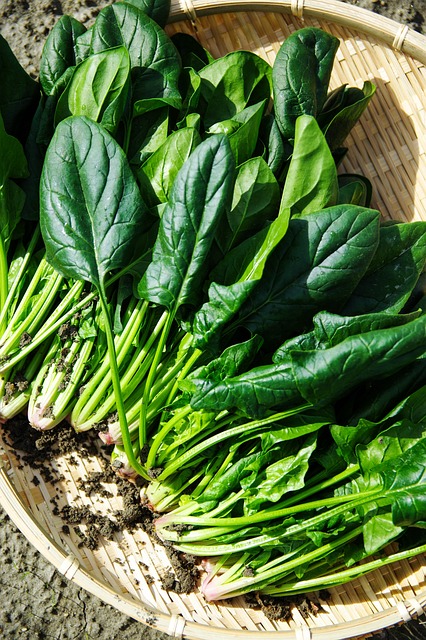
Considered one of the hardiest vegetables, spinach is perfect for late summer planting. Best sown in mid-August, spinach germinates quickly in cooler temperatures of 45°F to 75°F. Whether you opt for traditional varieties or heat-tolerant ones, ensure they receive plenty of water—especially during germination. Following a simple trait of being a heavy feeder, spinach requires nutrient-rich soil. Utilizing mulch can not only regulate soil temperature but also keep weeds at bay.
Radishes
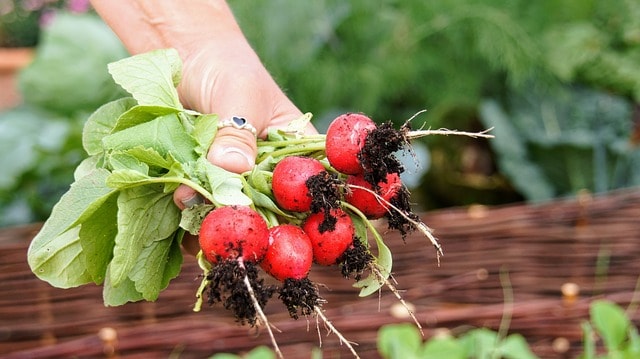
Radishes are a fast-growing root vegetable that can be a great choice for planting in August. They typically mature in three to four weeks, making them an ideal candidate for a quick summer-to-fall transition. Plant them in shaded areas if August temperatures soar, as they prefer to germinate at temperatures between 50°F and 68°F. Radishes thrive in well-drained, loose soil. Their rapid growth also allows for successive sowing, ensuring you enjoy a continuous harvest through late fall.
Beets
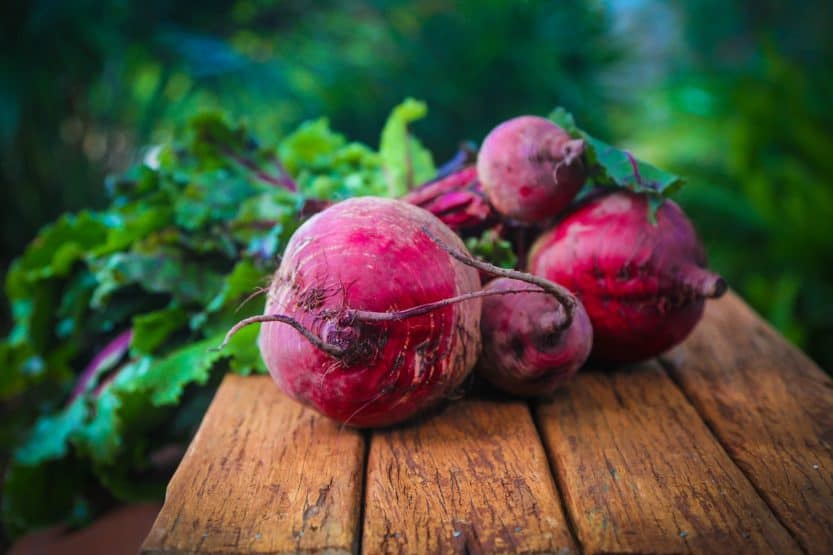
Beets can be sown directly into your garden in early August. They thrive when temperatures hover around 50°F to 75°F. Like radishes, beets will mature in 50-60 days, allowing you to enjoy a late harvest. This root vegetable prefers well-drained soil rich in organic material, and regular watering is crucial to avoid toughening. Be sure to thin seedlings to allow for proper growth and spacing; this will yield larger, sweeter roots.
Swiss Chard
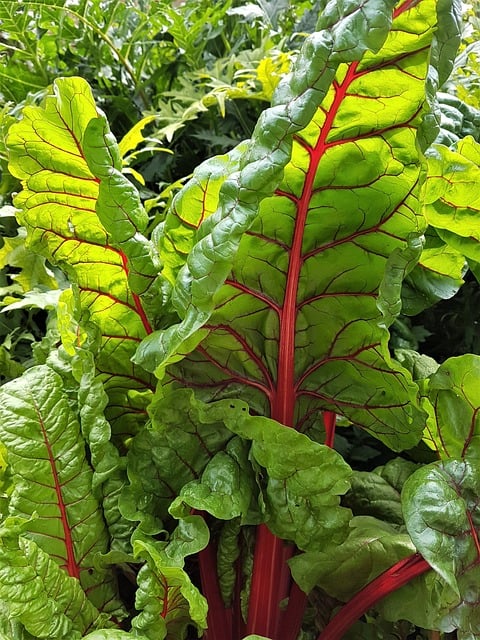
Swiss chard is an often-overlooked leafy green with a vibrant color and hardy constitution. It can be directly sown in your garden in August, as it tolerates temperatures from 50°F to 85°F. Chard is a remarkable performer; it can be grown through the cooler months and beyond with appropriate care. Rich, well-drained soil is ideal for Swiss chard, which also appreciates consistent watering. Its beautiful leaves can brighten any plate, making it not only nutritious but visually appealing.
Summer Squash
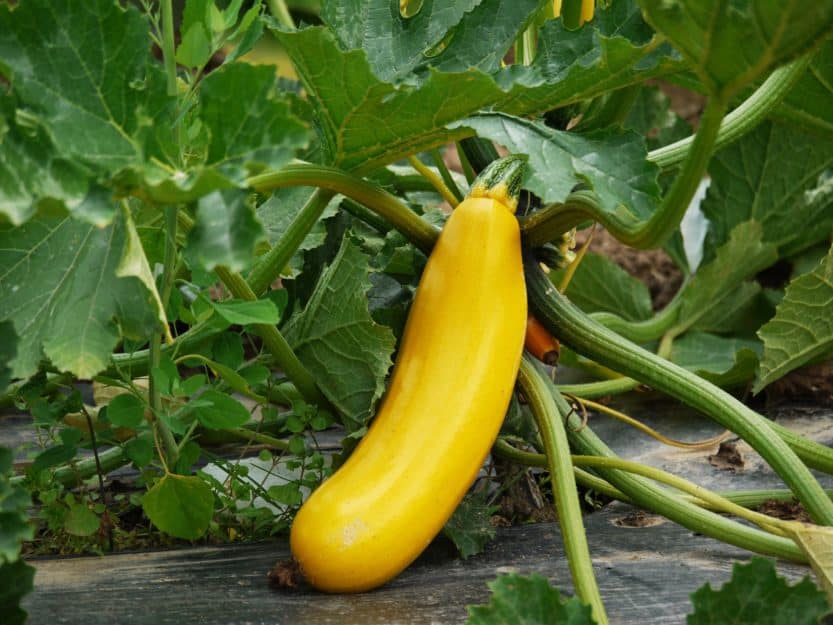
Although summer squash might seem like a summer crop, you can still plant varieties like zucchini and yellow squash in early August for a fall harvest. They thrive in temperatures ranging from 70°F to 95°F, but they must be planted early in the month for successful growth. Summer squash prefers rich, well-draining soil and regular watering. Keep an eye on pests like squash bugs and utilize organic pest control methods whenever possible.
Cucumbers
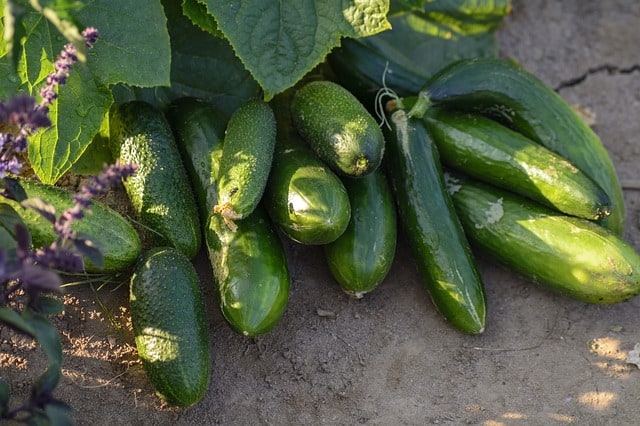
Cucumbers are another warm-weather crop that can still be planted in early August in Zone 8a. They thrive in balmy weather, ideally in temperatures between 70°F to 85°F. Plant straight or pickling cucumbers in fertile garden beds for climbing varieties, providing trellises for support. Make sure to keep them evenly watered and watch for signs of disease. Cucumbers appreciate well-drained soil—adding compost can enhance growth and flavor.
Turnips
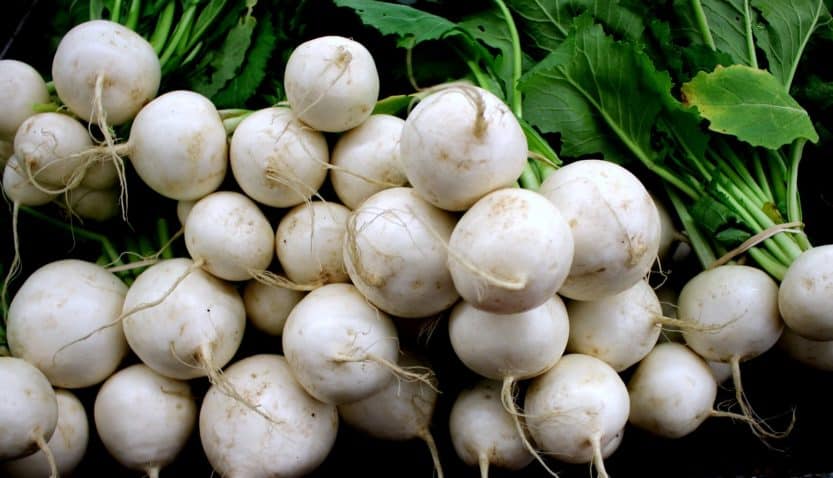
Turnips are versatile and hardy vegetables that can be planted in August for a late fall harvest. These cool-weather crops thrive in temperatures between 60°F and 70°F. When planting, ensure that the soil is well-drained and rich in organic material. Turnips are unique as both the roots and the greens can be consumed, making them a valuable addition to your vegetable garden. Keep in mind to weed regularly, as turnips flourish best with minimal competition.
Flowers To Plant
August is a splendid time to plant flowers that will flourish in the cooler months of fall and even bloom into winter. As you consider adding blooms to your garden in Zone 8a, select varieties that will bring beauty and vibrancy to your outdoor space.
Asters
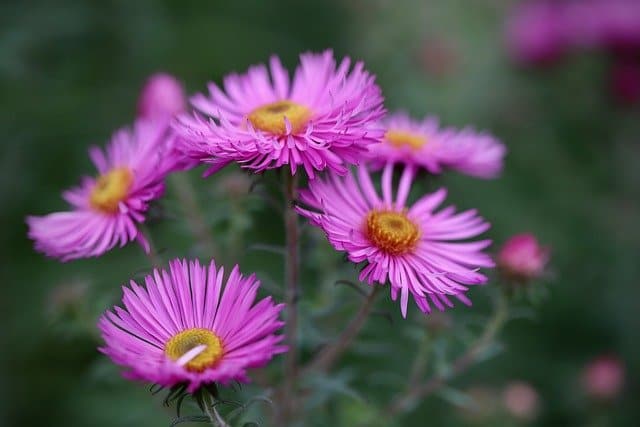
Asters are perennial flowers that bloom spectacularly in late summer and early autumn. Plant them in early to mid-August for colorful fall displays. They thrive in well-drained soil and prefer full sun to partial shade. With temperature tolerances of 60°F to 75°F, asters can establish and flourish as cooler weather sets in. These flowers not only brighten your garden but also attract pollinators like bees and butterflies.
Pansies
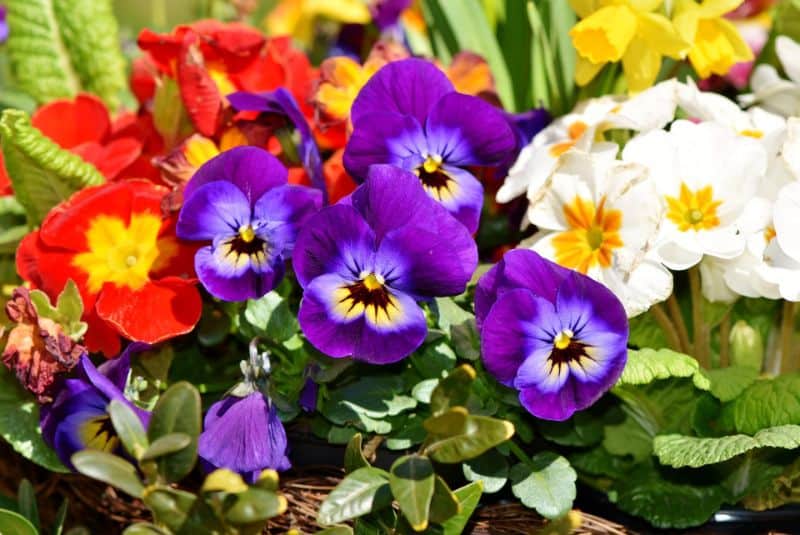
Pansies are hardy annuals that can be planted in August for a vibrant fall garden. They prefer cooler temperatures, ideally around 50°F to 60°F, making them perfect for planting this month. Pansies can tolerate light frosts, allowing their colors to shine well into winter. Plant in well-drained, nutrient-rich soil, and ensure they receive adequate watering. Pansies are versatile and excel in flower beds, containers, and borders.
Snapdragons
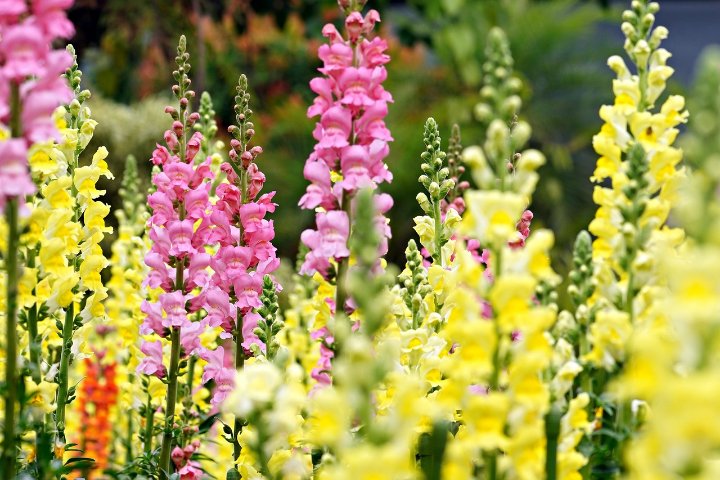
Snapdragons add vertical interest and vibrant color to gardens. Plant these perennials or biennials in late August. They grow best in temperatures that average around 60°F to 75°F, and with proper care, they can bloom throughout fall. Snapdragons prefer well-drained soil and benefit from deadheading to prolong blooming. Plant them in groups for a more striking display, and watch them attract butterflies into your garden.
Ornamental Cabbage and Kale
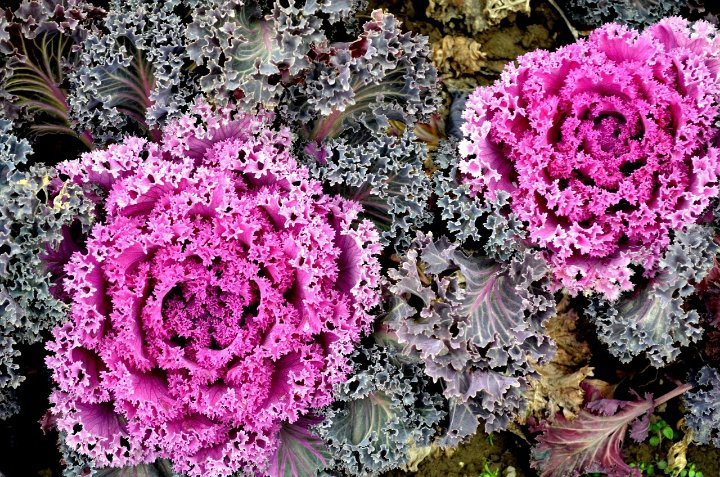
Adding ornamental cabbage and kale can bring stunning colors and textures to your landscape. These hardy annuals thrive in cooler temperatures and can be planted from mid to late August. They are remarkable for their vibrant foliage that can withstand chilly weather, often improving in appearance after frost. Incorporate them in beds or borders for dramatic seasonal aesthetics, enjoying both the ornamental and edible qualities.
Chrysanthemums

Chrysanthemums, or mums, are classic fall flowers that can be planted in August. They flourish in temperatures of 60°F to 70°F and often brighten gardens into late fall. Mums prefer well-drained soil and ample sunlight—make sure to provide consistent watering as they establish. These hardy perennials are available in various colors and bloom sizes, making them perfect for garden beds and containers.
Sedum
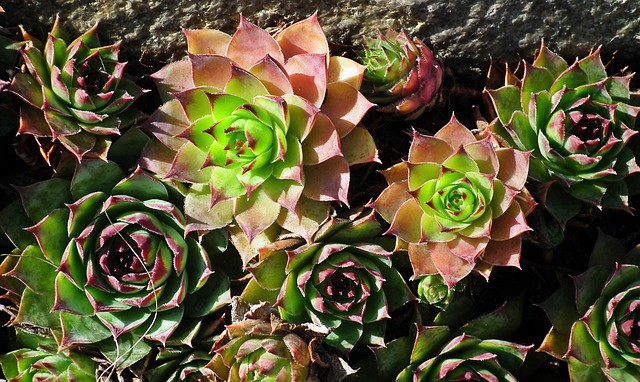
Sedums, also known as stonecrop, are tough perennial succulents that can be planted in August. They thrive in dry, well-drained soils and are drought-tolerant, making them an ideal choice for low-maintenance gardens in lower temperatures of 60°F to 75°F. Plant in full sun to promote vibrant colors in late summer and fall. Their fleshy leaves showcase interesting texture, and they attract bees and butterflies while being resilient to deer and rabbits.
Zinnias
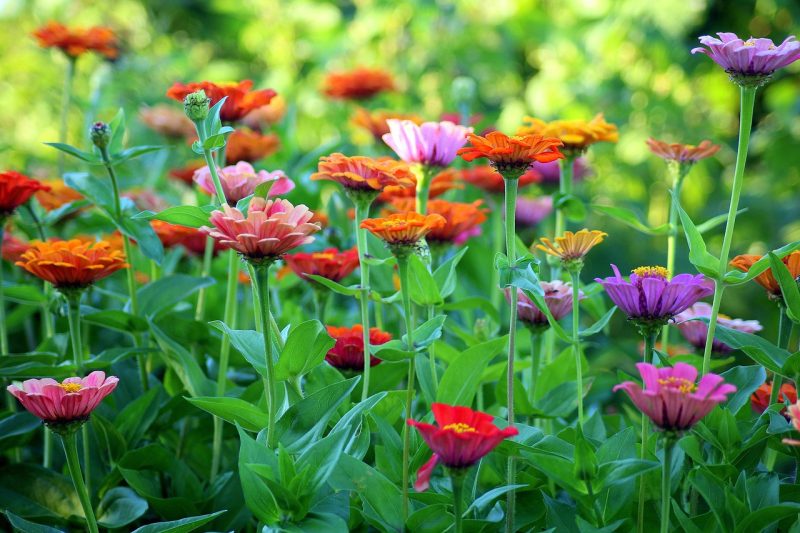
Zinnias are cheerful annuals that can still be sown in early August for a burst of late-summer color. They thrive in hot weather but flourish in the cooler evenings of late summer. Zinnias love full sun and grow best in well-drained soil with good air circulation to deter disease. Watch for pests like aphids, as they can attract problematic insects. Adding zinnias can enhance pollinator activity while providing a stunning visual backdrop.
Marigolds
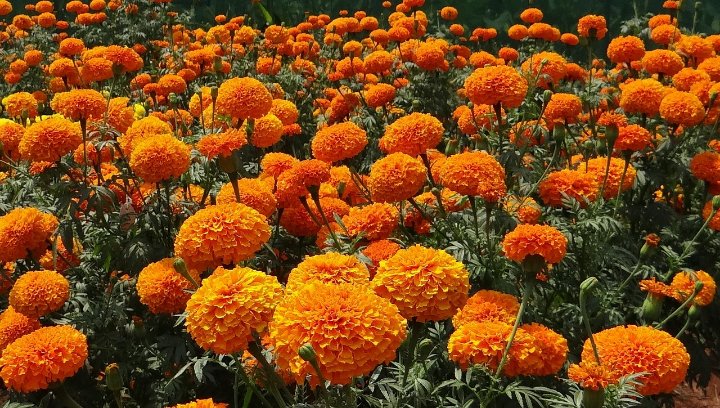
Marigolds are another hardy flower option that can be planted in August. With a temperature range of 60°F to 80°F, these annuals thrive even as the warmth of summer lingers. Marigolds are known for their pest-repelling qualities, particularly towards nematodes in the soil. They enjoy well-drained soil and can thrive in various light conditions. Their bright blooms not only enhance your garden aesthetic but also serve as beneficial companions in vegetable gardens.
Cosmos
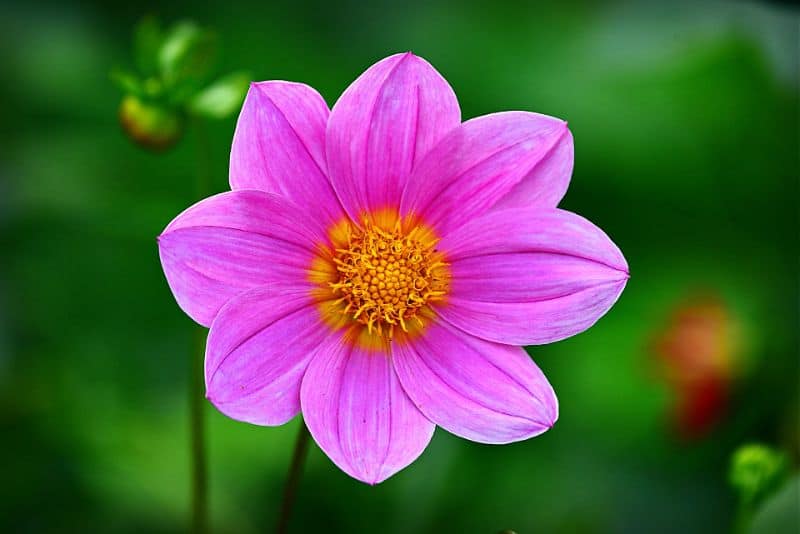
Cosmos are elegant annual flowers that can be direct sown in August for fall blooms. They flourish in temperatures ranging from 60°F to 80°F and thrive in poor soils, making them easy to care for. These flowers prefer full sun and need little watering once established. They are excellent attractors for butterflies and beneficial insects, adding both visual appeal and ecological value to your space. Cosmos can be deadheaded to encourage continuous blooming.
Autumn Joy Sedum
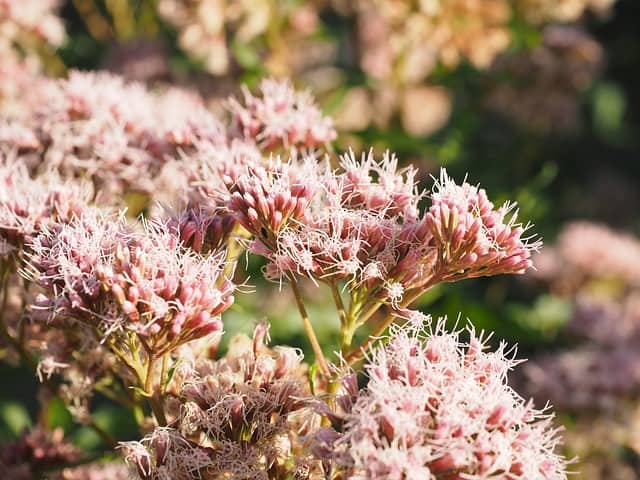
Autumn Joy sedum is a perennial that blooms late in the season, making it an excellent choice for August planting. It thrives in full sun and tolerates a range of temperatures, flourishing best in the 60°F to 75°F range. This hardy plant is drought-tolerant and prefers well-drained soil. Its unique ability to transition from green in summer to shades of pink, red, and bronze in fall allows it to serve as a spectacular anchor for your autumn garden.
Herbs To Plant
August is also a favorable month for planting certain herbs that can thrive in the cooler season ahead. Herbs not only add flavor to your meals but also can enhance your garden’s aesthetics and provide aromatic experiences.
Basil
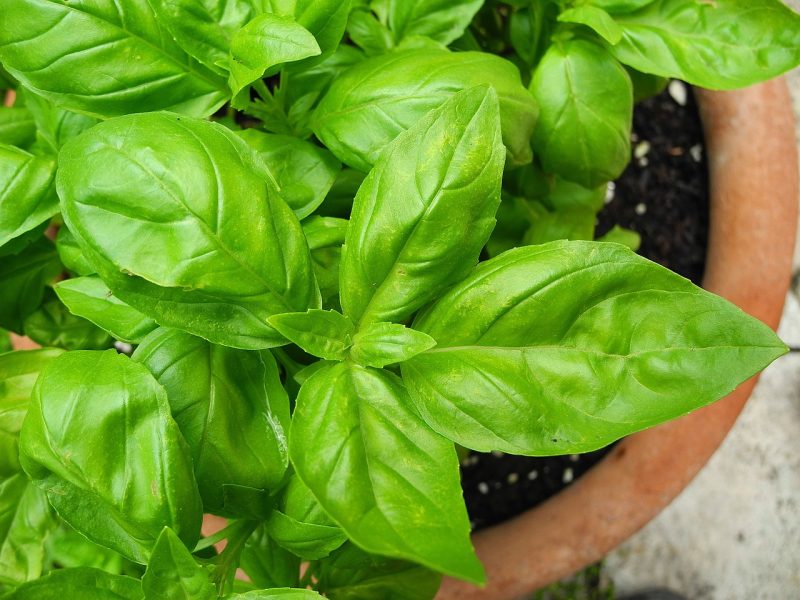
Basil can still be planted in early August, perfect for warmer areas where summer lingers. While it’s sensitive to frost, this herb thrives in warm temperatures of 75°F to 85°F. Sow seeds directly into well-draining soil, ensuring they get plenty of sunlight. Water regularly, especially in dry conditions, and pinching back flowers will encourage bushier growth. Although basil will not survive the winter, it can provide a bounty through the fall.
Cilantro
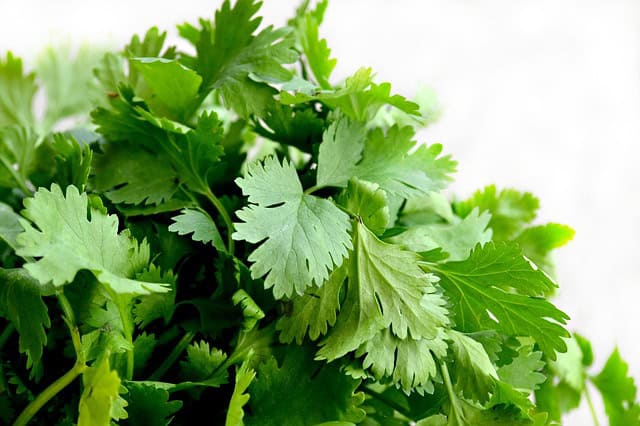
Cilantro is a cool-weather herb that can thrive if planted in August. It prefers cooler temperatures up to around 75°F, making it an ideal choice for a fall harvest. Cilantro germinates best in well-drained soil and full sunlight. Regular harvesting promotes further growth, and it can be planted in small succession waves to ensure a steady supply. Keep in mind that cilantro may bolt in hotter weather, so planting in August helps to maximize cooler-growth conditions.
Chives
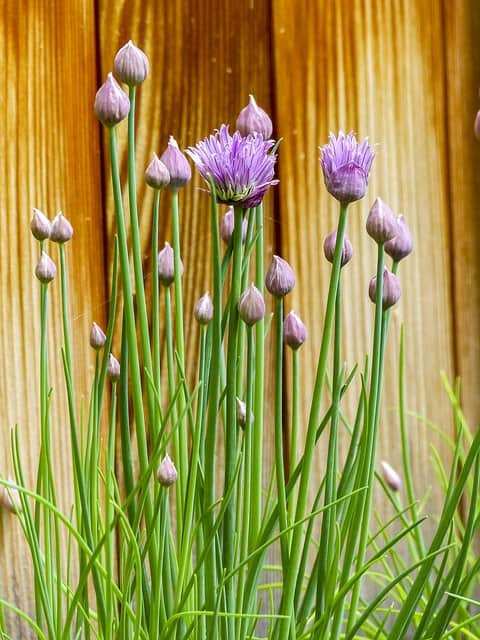
Chives are perennial herbs that can be grown throughout the year, making them perfect for planting in August. They adapt well to varying temperatures, typically thriving in the range of 50°F to 75°F. Chives prefer slightly alkaline, well-draining soil and full sun to partial shade. They are hardy and can even survive in colder temperatures. Regular trimming encourages bushy growth, and the edible flowers can be utilized in salads for a visual appeal.
Parsley
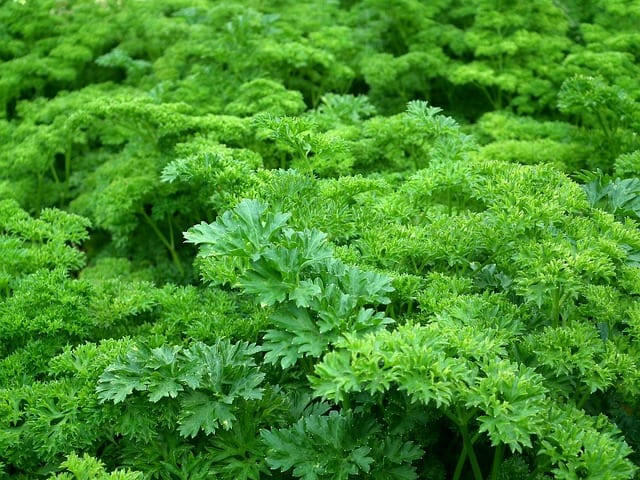
Parsley can be successfully sown in early August, as it prefers cooler temperatures around 60°F to 70°F. Plant in well-amended soil and ensure it receives adequate moisture. This biennial herb can thrive year-round and is cold-hardy, providing freshness during late fall. Its frilled leaves can enhance various dishes, and using mulch can help retain soil moisture. Parsley develops best with consistent care, especially during the germination phase.
Dill
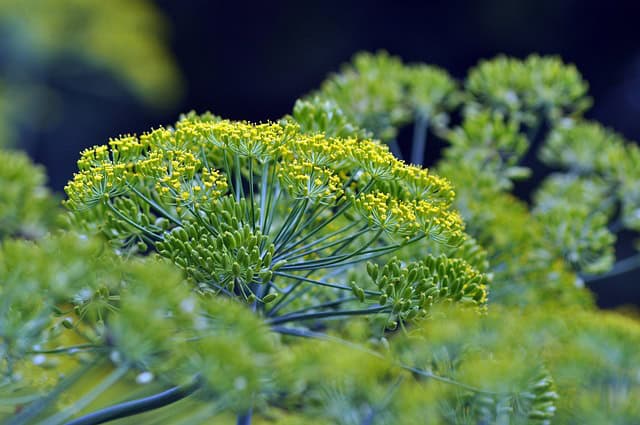
Dill is an aromatic herb that can be directly sown in your garden in August. This herb thrives in well-drained soils and prefers temperate climates around 60°F to 75°F. Dill grows best with plenty of sunlight and regular watering. It can be challenging to grow indoors, which makes outdoor planting in August ideal. The plant is an excellent companion in the garden, attracting beneficial insects, and the leaves can be harvested throughout the season.
Oregano
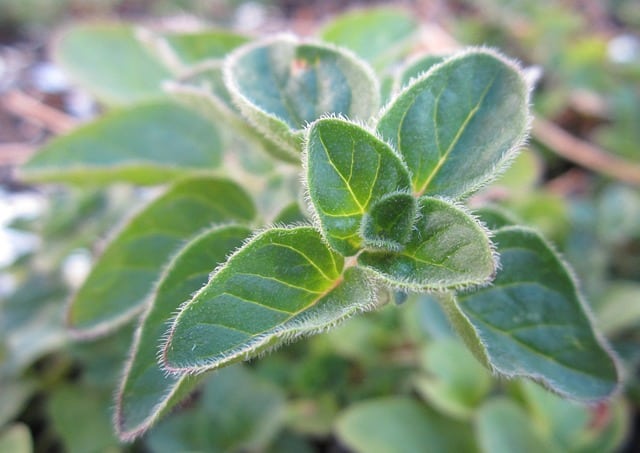
Oregano is a versatile perennial herb that can be planted in warm weather. When planted in August, this herb does well in temperatures of 60°F to 80°F and thrives in well-drained soil with good sunlight. Oregano prefers to stay on the drier side, so water carefully, avoiding over-saturation. This hardy herb can survive through frost, and its robust flavor enhances numerous culinary dishes. Regular harvesting helps to maintain its flavor and shape.
Thyme
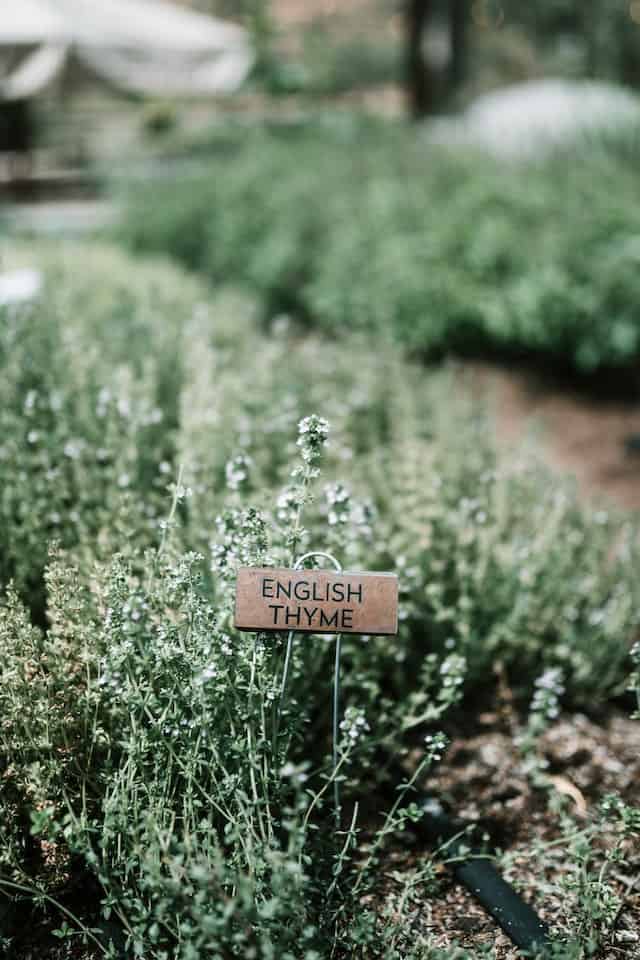
Thyme is another perennial herbal choice well-suited for planting in August. Thriving in full sun and temperatures of 60°F to 75°F, this culinary favorite prefers rocky, well-draining soil. Thyme can survive in poor conditions, making it a low-maintenance herb that will persist through the cooler months. Regular pruning will encourage fuller growth, making this adaptable herb a delightful addition to any herb garden.
Arugula
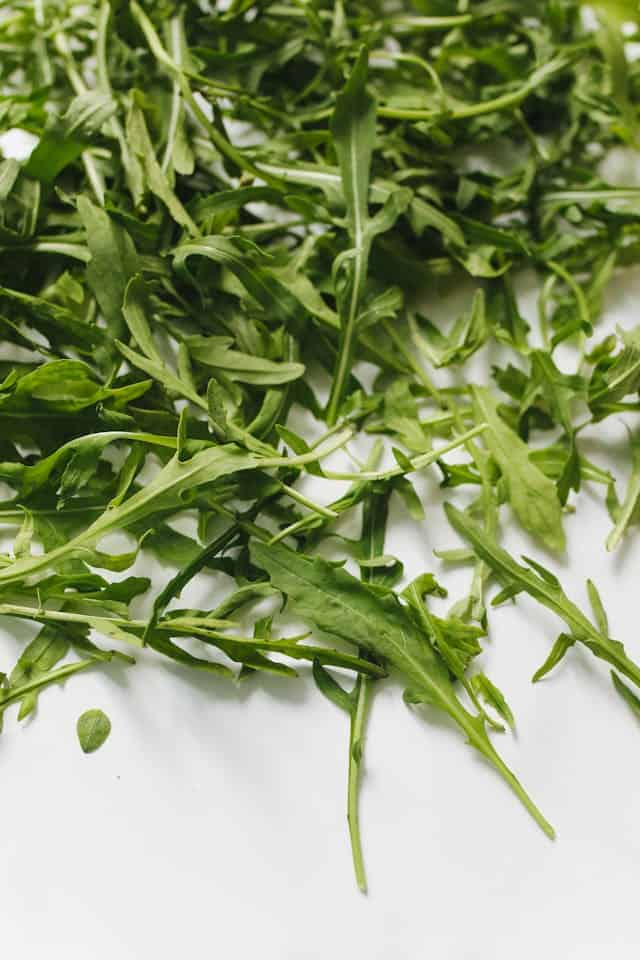
Arugula can be planted throughout the month of August, thriving in cooler temperatures around 65°F to 75°F. This leafy green grows quickly and can be harvested in about four weeks. Planting in well-drained soil with plenty of sunlight ensures a bountiful harvest. Arugula’s peppery flavor adds a unique twist to salads and dishes, making it a popular choice among chefs and home cooks alike.
Mint
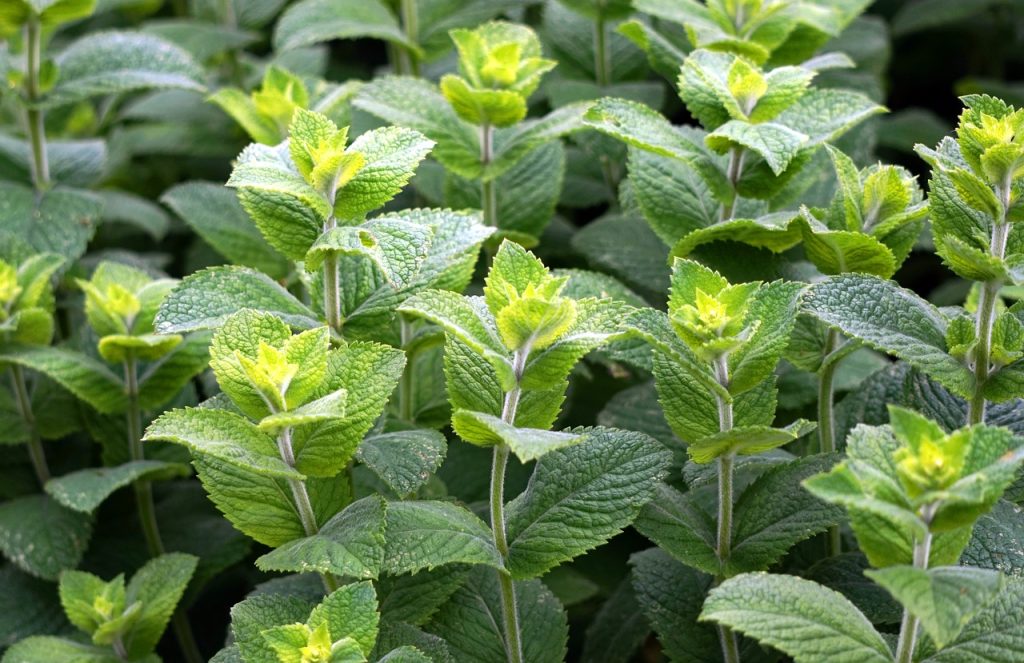
Mint is another fragrant herb that can thrive in cooler temperatures, making it a great option for August planting. It prefers around 60°F to 70°F and can be directly sown or transplanted. Mint grows well in both sun and partial shade and can quickly spread, so consider planting it in pots or controlled areas. Use mint fresh in drinks or desserts, and it can continue to grow through fall, providing culinary enjoyment.
Sage
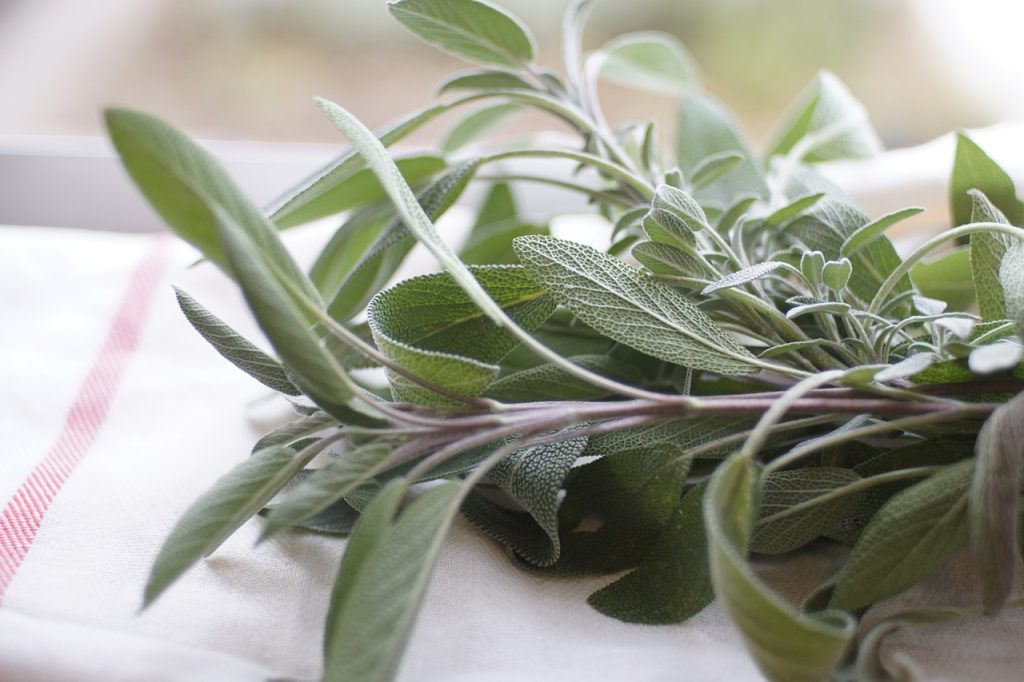
Sage is a hardy perennial herb that can be planted in August, thriving in full sun and well-drained soil. Preferring temperatures of 60°F to 80°F, sage is drought-tolerant once established. Regular harvesting encourages bushier growth and ensures that your plants remain healthy. Sage’s unique flavor pairs well with meats and poultry, making it a favorite in many cuisines and a versatile addition to herb gardens.
Landscape Plants To Plant
Enhancing your landscape with beautiful plants in August is not only aesthetically pleasing but can also provide ecological benefits. The following landscape plants are both hardy and beautiful options for planting in Zone 8a.
Japanese Maples
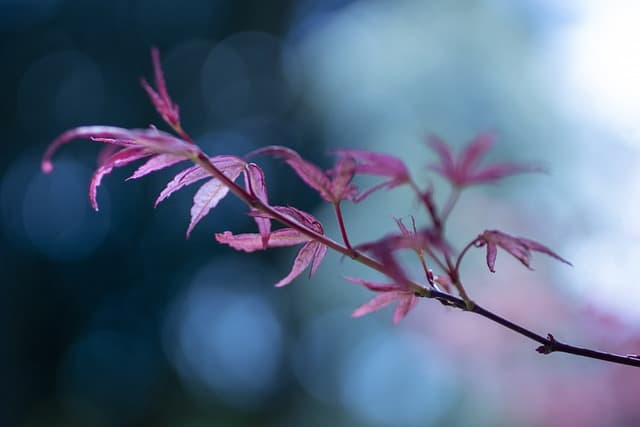
Japanese maples are ornamental trees perfect for adding vibrant color to your landscape. Plant in August to allow them to establish roots before the colder months set in. These trees thrive in well-drained, rich soil and prefer partial shade to full sun. They are moderately tolerant of temperatures from 60°F to 80°F. Japanese maples bring mesmerizing fall foliage that transitions into stunning shades of red, orange, and yellow, providing year-round allure.
Ornamental Grasses
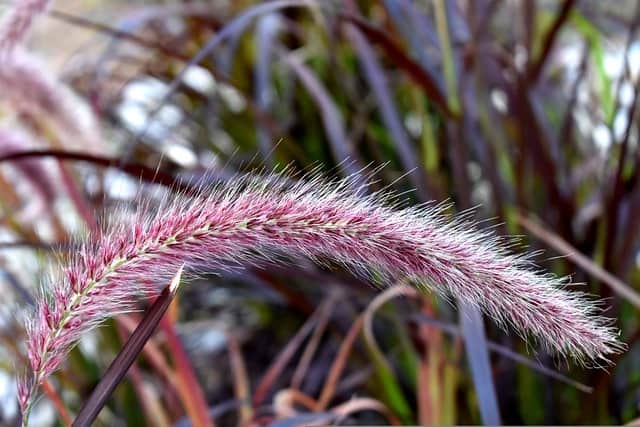
August is a great time to plant ornamental grasses for a striking landscape element. Varieties like Miscanthus and Pennisetum thrive in well-drained soil and can adapt to a range of temperatures. These grasses add texture, movement, and visual interest—all while requiring minimal maintenance. They can tolerate both drought and wet conditions, making them versatile for various garden designs.
Camellias
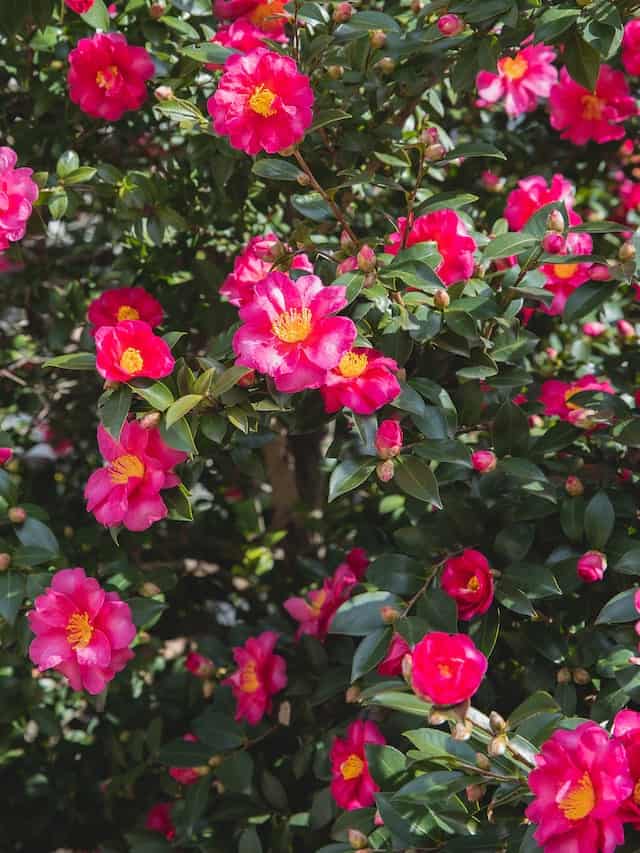
Camellias are elegant evergreen shrubs that can be planted in August. They prefer partial shade and well-drained acidic soil and thrive best in temperatures of 60°F to 75°F. As a southern favorite, their beautiful blooms can eagerly await spring, providing rich color. Camellias are humidity-tolerant and mildew-resistant, and with regular pruning, they can be shaped into formal hedges or accustomed perennials.
Azaleas
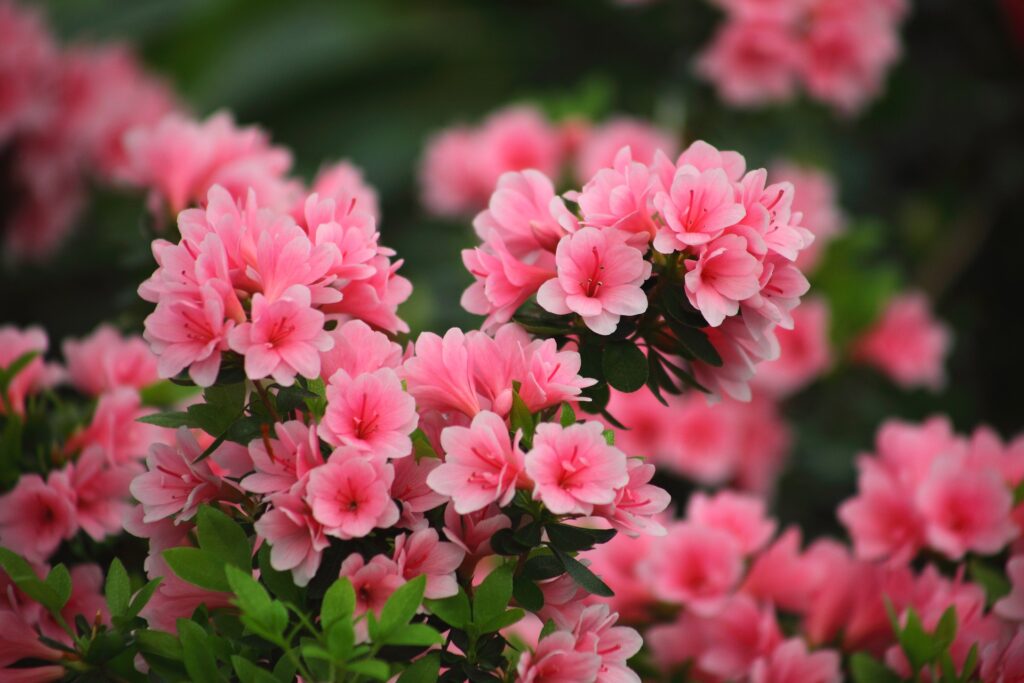
Azaleas are vibrantly colored flowering shrubs that are well-suited to planting in August. They prefer well-drained, acidic soil and thrive in temperatures around 60°F to 75°F. Plant them in partial shade, where they can enjoy filtered sunlight. Regular watering is crucial, especially in the initial establishment phase. Azaleas are prized for their stunning blossoms that can carpet your garden in beautiful hues through the spring.
Hydrangeas
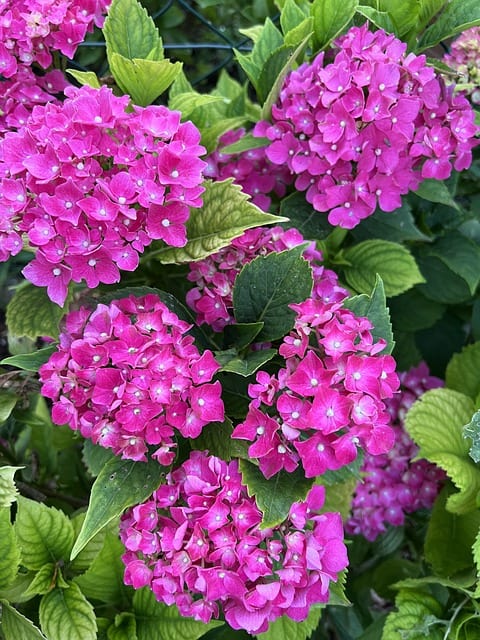
Hydrangeas are popular landscape plants that can add a dramatic flair to your yard. They can be planted in August, and thrive in well-drained soil, from sandy to clay types, depending on the variety. These plants prefer partial sun and tolerate a range of temperatures from 60°F to 80°F. Depending on soil pH, hydrangeas can display stunning shades of blue, pink, or white, making them versatile for many garden aesthetics.
Dogwood Trees
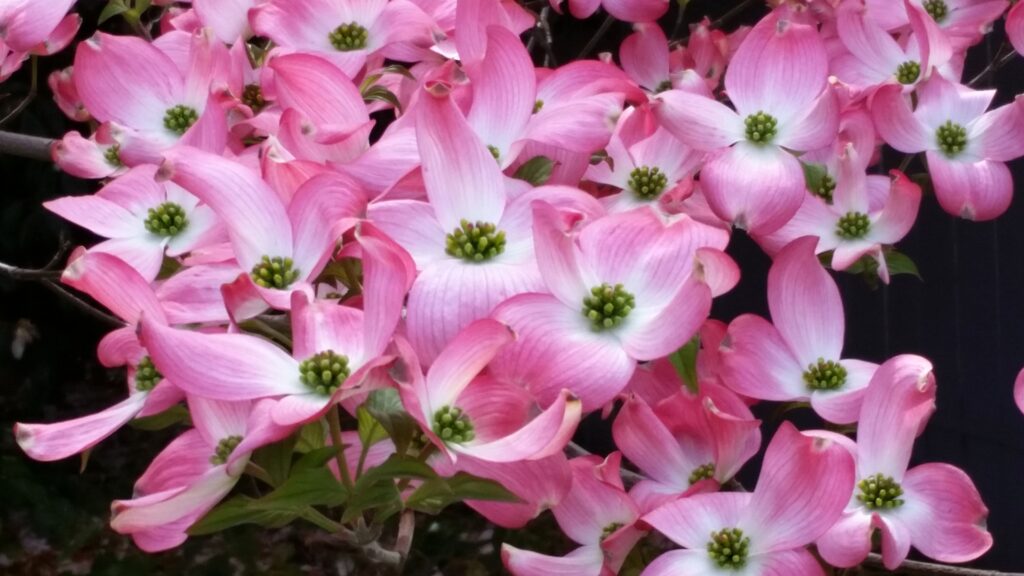
Dogwood trees are small to medium-sized ornamental trees that can be planted in your landscape during August. They thrive in fertile, well-drained soil and prefer partial shade to full sun. Dogwoods grow well in temperatures ranging from 60°F to 80°F, and their spring blooms enhance gardens beautifully. They offer stunning fall foliage, ensuring year-round interest, while attracting birds and wildlife to your outdoor spaces.
Southern Magnolias
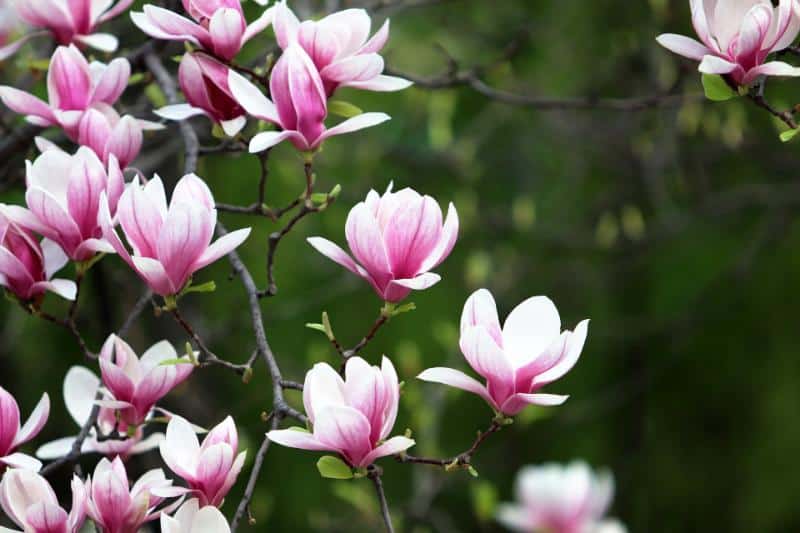
Southern magnolias are iconic trees known for their large, fragrant white blooms. Planting in August allows these trees to establish before the colder months. They adapt well to a variety of soils and thrive best in full sun to partial shade. Magnolia trees love warm temperatures ranging from 75°F to 90°F. They provide evergreen foliage and can produce large seeds, attracting various wildlife species.
Liriope
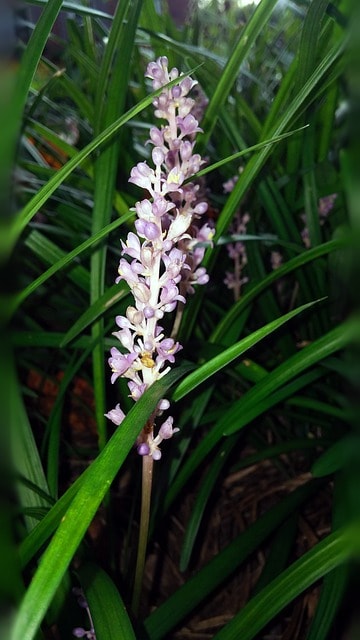
Liriope, also known as monkey grass, is an excellent ground cover plant. August planting allows this hardy perennial to establish before cooler temperatures set in. Liriope thrives in both sun and shade, tolerating a range of soil types and temperatures between 60°F and 80°F. Its grassy foliage is low-maintenance and can work well in various garden styles, from formal to naturalistic landscapes.
Boxwood
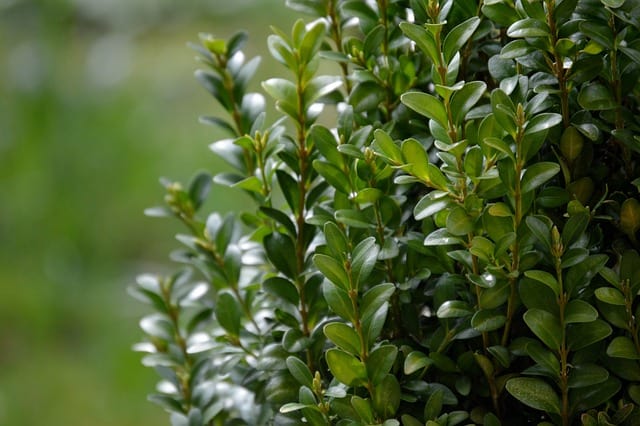
Boxwood is a classic evergreen shrub that can be an ideal choice for planting in August. It thrives in rich, well-drained soil and prefers partial shade to full sun. Boxwoods tolerate a range of temperatures, typically thriving well in 60°F to 75°F. As versatile hedging plants, they can be shaped into various forms, enhancing the structure and layout of your garden or yard.
Butterfly Bush
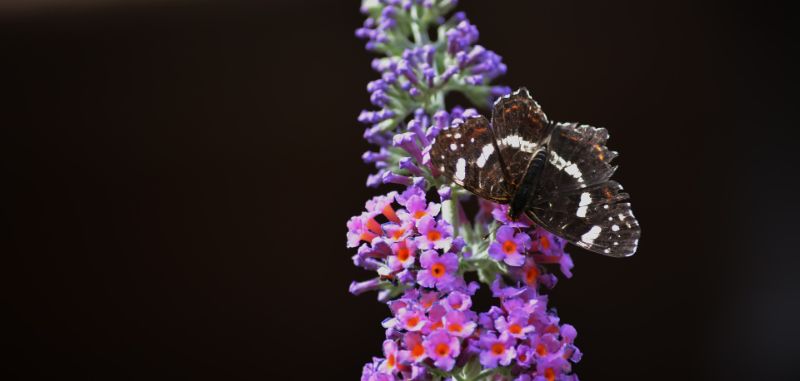
Butterfly bushes are drought-tolerant perennials that can still be planted in August. They thrive in full sun and well-drained soil, developing optimal growth in temperatures ranging from 70°F to 85°F. As their name suggests, they attract butterflies, adding ecological value to your landscape. With proper care, butterfly bushes will produce vibrant flowers from summer until fall, packing your landscape with color and wildlife activity.


